Compare
Compare
Compare
Compare
Compare
Compare
Compare
Compare
Compare
Compare
Compare
Compare
Compare
Compare
Compare
Compare
Compare
Compare
Compare
Compare
Compare
Compare
Compare
Compare
RE-3
Rema Round Red Edge Patches For Car, Truck & Tractor
From $16. 95
RAD-115
Rema Radial Repair Patches for Truck, Tractor, Grader, Forklift
From $52.95
15-140
AA Round Patch-N-Plug for Radial/Bias Tire
From $24.95
2 reviewsRE-18
Rema #18 Intro. Tire Repair Kit
$249.95
X-X14605
Xtra-Seal 14-605 Tire Repair Cabinet for Truck Tire
$775.00
12
Rema 12 Truck Tire Repair Kit
$389.00
X-14-650
Xtra Seal Truck Tire Nail Hole Repair Kit - 14-650
$395.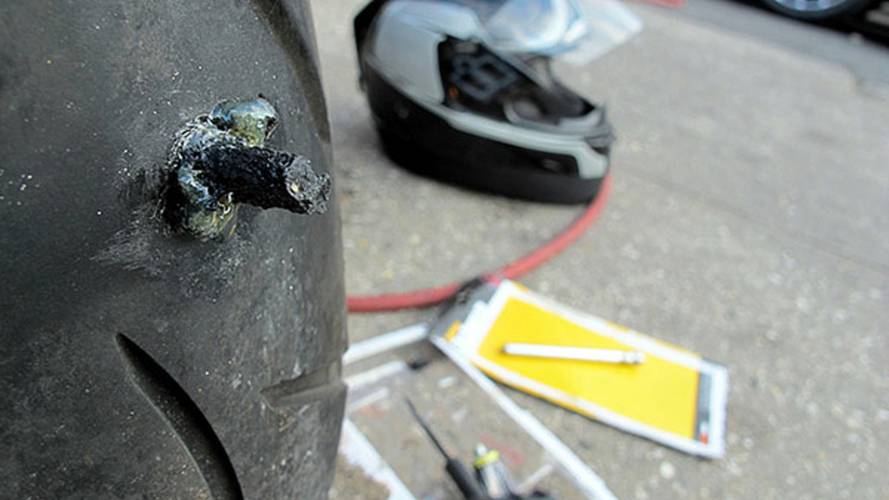 00
00
RAD-110
Rema RAD-110 Radial Repair Patches for Car/LT (20/Box)
$39.95
1 review10-100HD
AA HD Round Radial Reinforced Universal Patches (100/Bag)
From $25.00
UP-3
Rema Universal Repair Unit
From $59.95
VL14-110
AAValueline HD Radial Tire Repair Patch
From $14.95
2 reviews15-030
AA Minicomby Repair Units
From $19.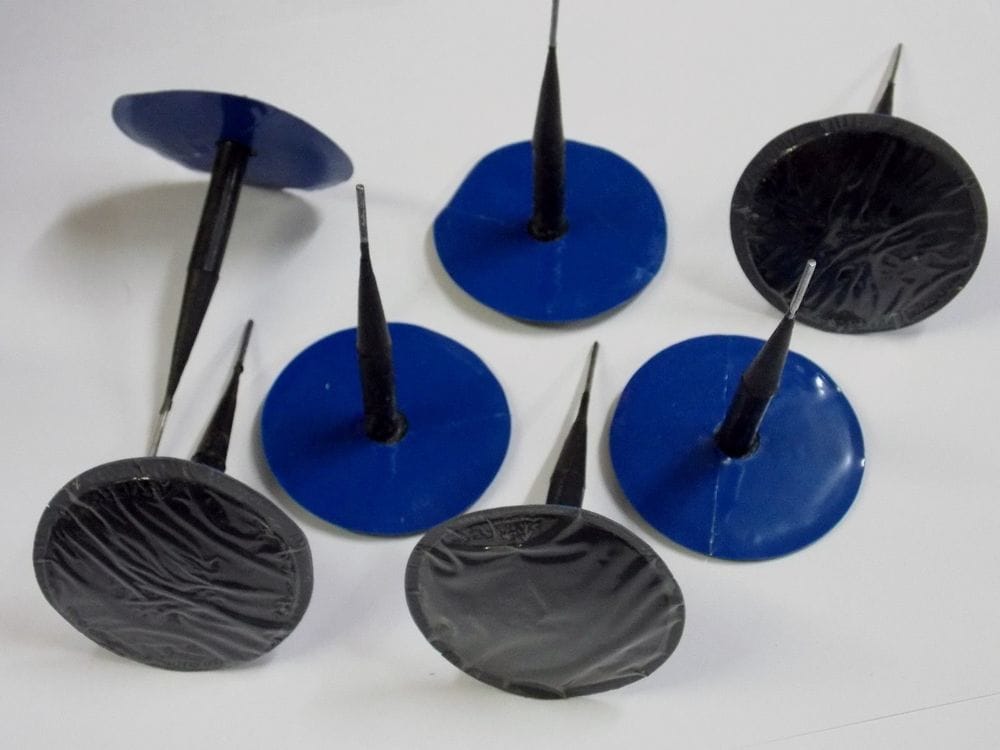 95
95
5561
Rema 5561 MTR Cushion Gum (5.5 lbs)
$119.95
RE-F0-P
Rema Round Red Edge Patches For Bicycle, Motorcycle, Car/LT
From $13.91
6 reviews15-130
AA 15-130 Patch-N-Plug Tire Patch, 1/4", Cord, Radial/Bias (15/Box)
$32.95
PN-20
Rema Bias-Ply Tire Repair Unit for Agricultural Tire
From $141.08
X-14-657
Xtra-Seal 14-657 Heavy-Duty Truck Toolbox Kit
$715.00
X-X14603
Xtra-Seal 14-603 Tire Repair Cabinet for Car/LT
$685.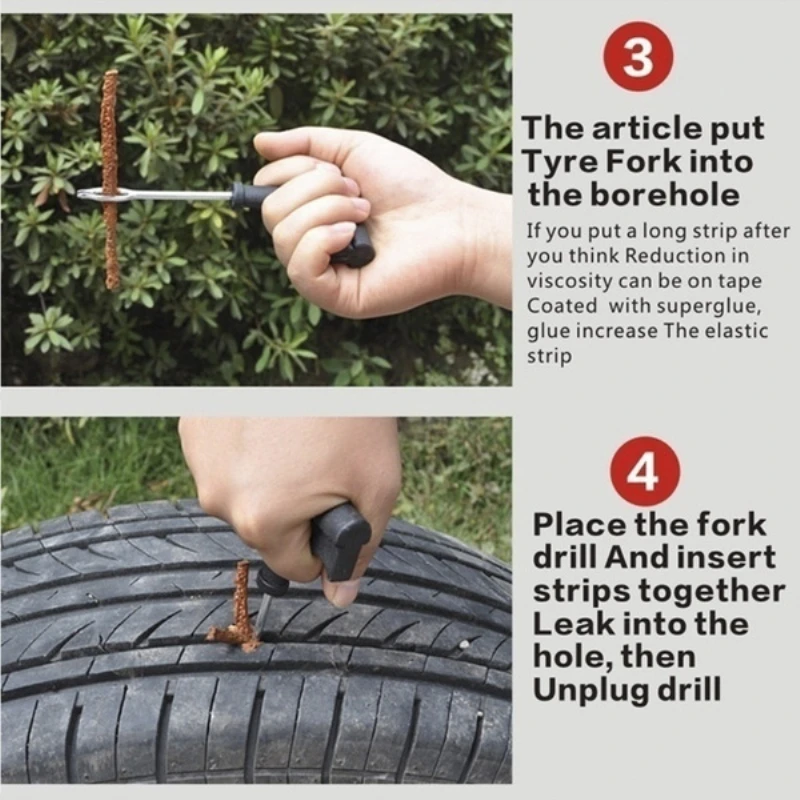 00
00
53-356
AA Tire Repair Cabinet for Car and LT
$399.95
1 reviewRE-5161180
Rema Cushion Gum Rope Rubber, 26.5 lbs Pail - 5161180
$395.00
This helpful tire repair guide describes the basic repair methods for a punctured tyre, tires that cannot be repaired, and problems that can lead to a puncture. There are several repair options available when you hit a nail or other debris that punctures your tire.
A specialist workshop must have everything for tire repair in its arsenal. The quality of the tire repair performed will depend on the quality of the consumables available. For high-quality tire repair, you will need high-quality REMA TIP TOP materials. Everything for repairing REMA TIP TOP tires can be bought on the website https://fenix-market.com/ru/ of the Phoenix-Market company. Over the years of successful activity, Phoenix-Market has established itself in the car service market as a reliable supplier of equipment for service stations and tire fitting, as well as tire repair materials.
For high-quality tire repair, you will need high-quality REMA TIP TOP materials. Everything for repairing REMA TIP TOP tires can be bought on the website https://fenix-market.com/ru/ of the Phoenix-Market company. Over the years of successful activity, Phoenix-Market has established itself in the car service market as a reliable supplier of equipment for service stations and tire fitting, as well as tire repair materials.
repair, and problems that can lead to a tire puncture.
Tire Repair Options
There are several tire repair options when you hit a nail or other debris that punctures your tire. While all of these repairs cover a puncture, they are not equal in quality, safety, or durability.
 Some sealants even have enough bottle pressure to inflate a tire. There are also tire repair kits that include sealant, a portable pump, and other useful tire repair tools. Some new cars even include these kits instead of a spare tire.
Some sealants even have enough bottle pressure to inflate a tire. There are also tire repair kits that include sealant, a portable pump, and other useful tire repair tools. Some new cars even include these kits instead of a spare tire. Tire Sealants are for emergency use only and should never be considered a permanent repair. After sealing the tire, immediately go to a repair shop to have the tire inspected and properly repaired or replaced.
When you get to the tire shop, be sure to tell the technician that there is sealant in the tire. Without this warning, the technician could end up with a huge amount of sealant on the floor.
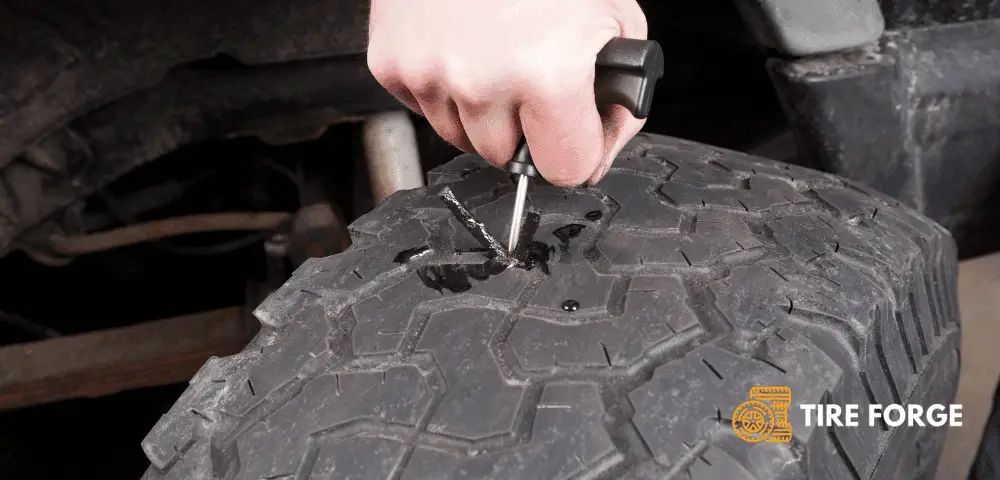 Finally, pull out the plug tool slightly—just enough to free it from the plug—and remove the plug tool from the plug, leaving the plug behind.
Finally, pull out the plug tool slightly—just enough to free it from the plug—and remove the plug tool from the plug, leaving the plug behind. As soon as you drive the car, the heat vulcanizes the rubber and seals the hole. A busbar has several advantages. Firstly, this is a quick repair that does not require dismantling the tires from the wheels. It's also generally cheaper and you can do it yourself in a pinch.
However, a tire plug is not a permanent repair. Plugs are for temporary use only because they tend to leak and can slowly come out of the hole at high speeds. Also, plugs can allow water to seep in and cause rust on the wheels and steel bands that hold the tire in place.
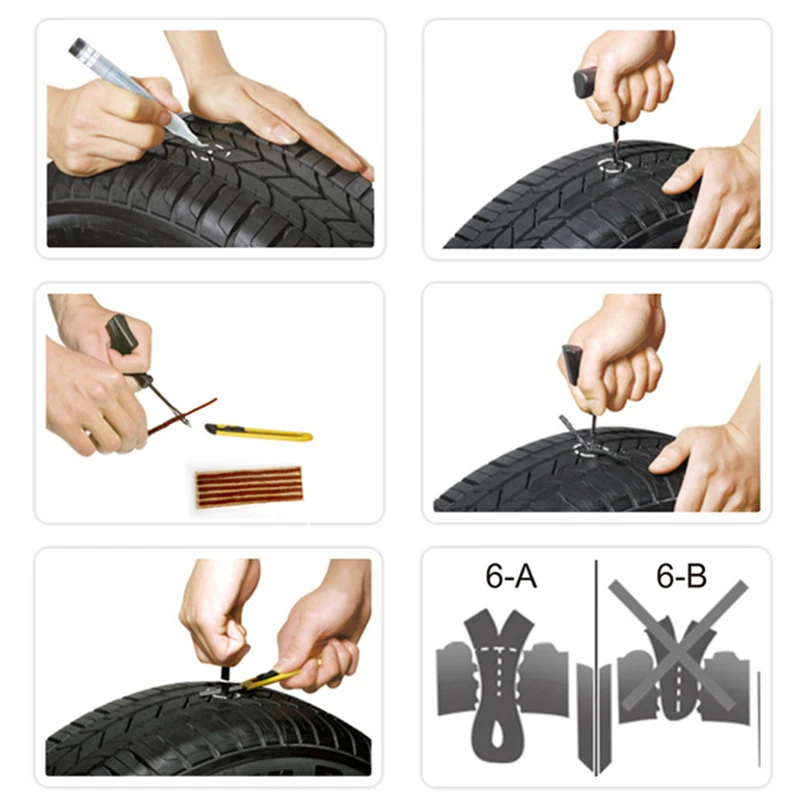 The technician then glues the patch over the puncture, smooths it out with a small roller, and applies the sealant. Due to the self-vulcanizing properties of the tire patch, it will permanently attach to the tire once it has warmed up under normal driving.
The technician then glues the patch over the puncture, smooths it out with a small roller, and applies the sealant. Due to the self-vulcanizing properties of the tire patch, it will permanently attach to the tire once it has warmed up under normal driving. A tire patch is better than a plug because there is no risk of it flying out at high speed. In addition, it creates a more secure seal as it closes the hole and its surroundings. However, patches tend to be more expensive because they take more time and require the technician to balance the tire. The standard patch also does not fill the puncture, which can lead to leakage in the future.
Not every tire puncture can be repaired - patches and plugs have their own design limitations. Here are a few cases where a tire is simply beyond repair.
Large punctures
Regardless of which type of tire fitting you choose - plug or patch - the maximum diameter of a puncture that you can safely repair is 6 mm. Anything larger can cause a leak, which could lead to bigger problems down the road.
Anything larger can cause a leak, which could lead to bigger problems down the road.
Shoulder punctures
All tires have two main tread sections. The tire contact patch is the most central part of the tread between the outer tread channels - circumferential grooves in the tires. The shoulder of a tire is the area between the outermost channels and each sidewall.
The shoulders of the bar not only carry a large load, but also have a slight bend, which makes them unsuitable for patches or plugs. If you have a puncture in your shoulder, the tire is beyond repair, so a new tire is your only option.
Sidewall punctures
The sidewall of a tire—the vertical surface on each side of the tire—is not stiff enough to support a plug or patch. This section flexes and flexes to improve comfort and handling, but this flexing will cause any patch or plug to come loose. For this reason, sidewall punctures cannot be repaired.
Tires with insufficient tread depth
Although you can repair a tire with almost any tread depth, liability is an issue that most auto repair shops take seriously. If they repair a tire with a tread depth of less than 1.6mm and your tire blows out the next day due to low tread, the repair shop could be held liable. Thus, many car services in such cases recommend a new tire.
If they repair a tire with a tread depth of less than 1.6mm and your tire blows out the next day due to low tread, the repair shop could be held liable. Thus, many car services in such cases recommend a new tire.
Special Purpose Tires
While a tire patch works great on most tyres, even winter and high speed tyres, special purpose tires cannot be repaired. These include special racing tires or drag slicks.
Author: Kirill Savchenko
“Chief, you've got ten minutes of work to do, the hole is nothing! Well, come up with something . .. ”Every tire fitter has probably heard such words. Alas, not all tire damage can be repaired...
.. ”Every tire fitter has probably heard such words. Alas, not all tire damage can be repaired...
But the situation can be reversed. A wheel pierced by protruding reinforcement may be repairable, while a small cut will write off the tire for scrap. Experienced tire fitters believe that it all depends on the point of damage and the object that caused it.
Most often, drivers encounter punctures in the tread area of a tire. It is not always possible to detect it immediately. If in the days of tires and chambers the wheel lost pressure at the slightest puncture, then tubeless tires are much more reliable in this regard. A nail or self-tapping screw usually closes the puncture site, preventing air from escaping quickly.
With such a "plug" you can sometimes drive for months. The tire can lose pressure minimally without arousing suspicion. At the same time, an attempt to pull out a noticed nail on the way is likely to turn into a problem. In this case, the only recommendation is to pull out a foreign object only in a tire shop and repair the wheel.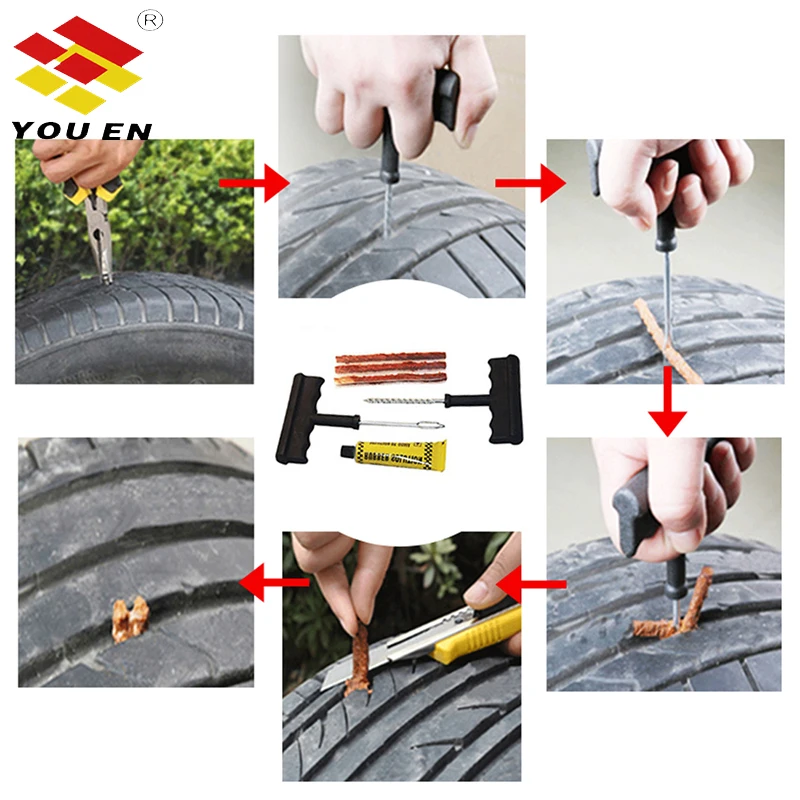
In most cases, tread punctures are repaired either with special harnesses (some for temporary use, some for permanent use) or patches on the inside of the tire. Even damage caused by massive pins can be repaired. The main thing is that a piece of the tire along with the cord is not torn out.
In the latter case, the hole is filled with raw rubber, vulcanized, and a special cord patch is placed on the inside. But this will only be a temporary measure. In addition, such repairs are not cheap, and purchasing a new tire can be both more profitable and safer.
In addition to the plaster, cord “fungi” are also used. Lubricated with glue, the “fungus” is inserted into the puncture from the inside of the tire, then the excess part of the “leg” is cut off from the outside.
On the other hand, a cord patch can seriously help with side cuts. And car owners meet with them quite often. But here there are several nuances. In a roadside tire shop, the cut will most likely not heal. You need to contact a company with specialized equipment, primarily vulcanization.
You need to contact a company with specialized equipment, primarily vulcanization.
And one vulcanizer is indispensable here. Cord patches should be with a certain number of layers, designed for strictly defined damage sites and of a suitable size. And again we are talking about the nuances.
If the cut is in the shoulder area of the tire, then it is most often impossible to repair it qualitatively. The tire fitter who offered such a service is at great risk, even if he claims that he will weave a piece of new cord with his hands and vulcanize it. There are no miracles in this situation, but in any case, the last word belongs to an experienced specialist.
Side cuts on low profile tires with a tread height of less than 50% of the width are poorly treated. That is why, in the case of using a car on roads with a possibility of tire damage, it is better to put those that are higher. They are much easier and cheaper to repair.
By the way, an injury that looks like a cut at first glance may not be one. If the sidewall of the wheel catches on something sharp, and a tear forms on the tire without damaging the cord, then this is called a pinch. It does not carry momentary danger and does not require any complex repairs.
If the sidewall of the wheel catches on something sharp, and a tear forms on the tire without damaging the cord, then this is called a pinch. It does not carry momentary danger and does not require any complex repairs.
However, if a piece of rubber remains, then it is glued with ordinary superglue. If not, you will need raw rubber and a vulcanizer. It is impossible to leave the cord bare: under the influence of moisture, it can collapse, which will lead to the complete loss of the tire.
One of the most common and fatal tire defects is swelling or simply "herniation". Despite the absence of open damage to the rubber, such a wheel will be scrapped ahead of schedule. The fact is that when the sidewall is hit, the threads of the tire carcass break. Even if the swelling is very small, sooner or later the bump grows in size, and this is already fraught with an explosion of the wheel at speed.
However, some hernias can be repaired, but this is again a temporary measure.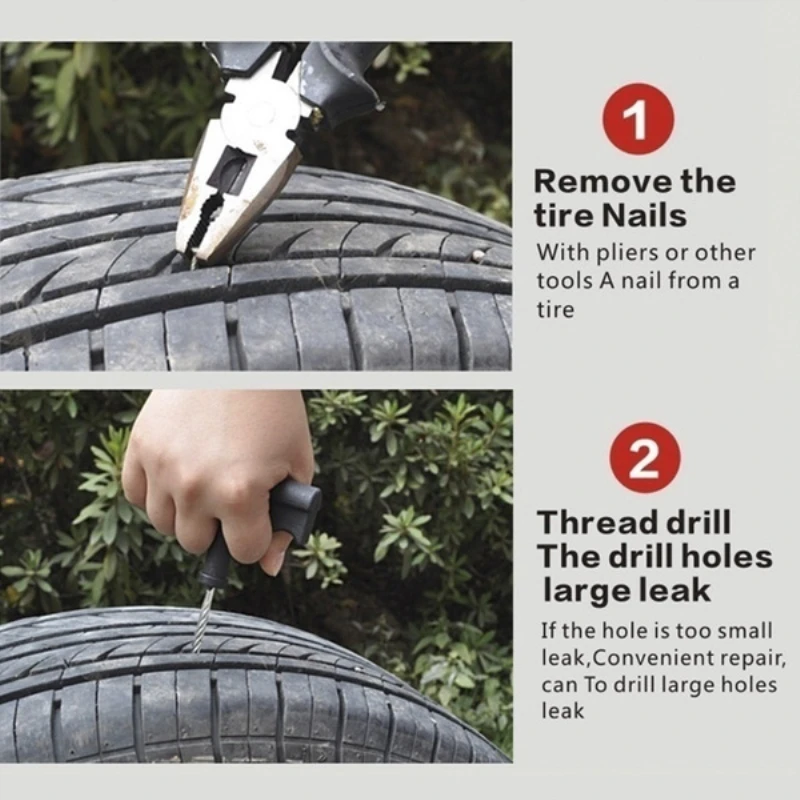 Masters can put cord patches even in the tread area. But only on condition that the distance from the sidewall to the swelling is more than 40 mm. If less, the tire is not subject to further operation. By the way, on low-profile tires, hernias, for the most part, are not repairable - both on the tread and on the sidewalls.
Masters can put cord patches even in the tread area. But only on condition that the distance from the sidewall to the swelling is more than 40 mm. If less, the tire is not subject to further operation. By the way, on low-profile tires, hernias, for the most part, are not repairable - both on the tread and on the sidewalls.
One of the major tire problems is caused by unprofessional repairs. Moreover, the owner most often does not know about it. We are talking about damage to the bead ring, as a result of which the tire does not initially hold the specified pressure.
Eventually the bead ring begins to push out of the rim. At high speed or under heavy load, such a wheel can be disassembled, which again threatens the car with a loss of control.
This damage can be repaired provided that the wire ring or base is not damaged. Special technologies for such repairs are not provided, but experienced craftsmen use the so-called "cold" or chemical vulcanization using a two-component sealant.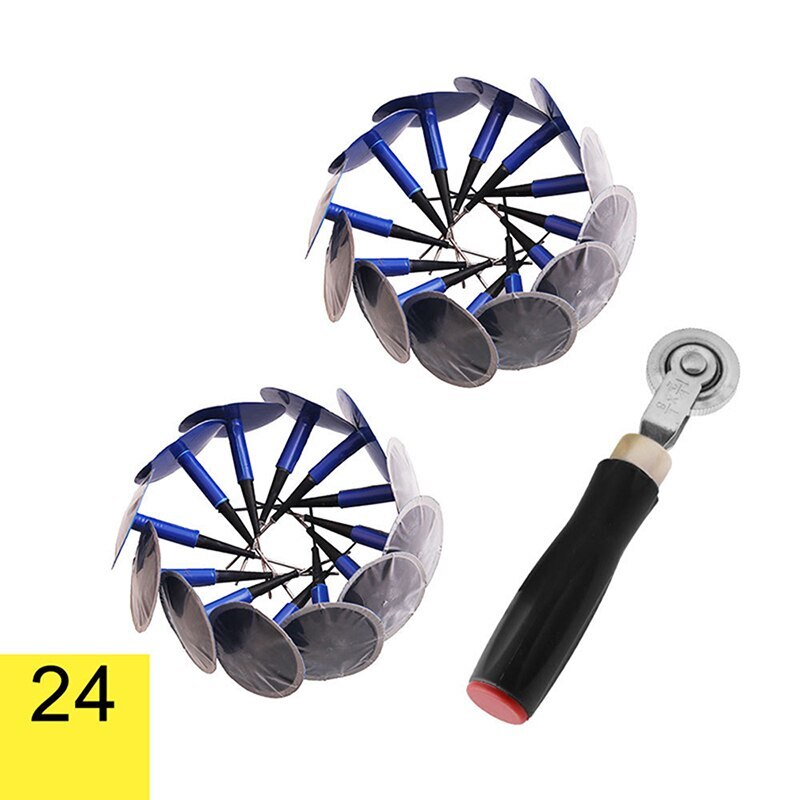 The resulting mass covers places where there is no rubber on the bead ring. The main condition is to wait three days before mounting the tire on the disc.
The resulting mass covers places where there is no rubber on the bead ring. The main condition is to wait three days before mounting the tire on the disc.
As for Run Flat tires, according to the instructions of most manufacturers, they cannot be repaired. In extreme cases, you can use a bottle of special pressurized sealant that comes as a repair kit.
Comment of the expert of the company "SHINSERVICE":
Alexander Golubev
expert "SHINSERVICE"
First of all, we recall that most tire manufacturers do not recognize handicraft tire repair. It is considered a sign of external influence and changes in the design of the tire. Such a tire automatically voids the warranty. This does not happen if tire repairs are carried out in specialized, authorized tire brands services. Note that almost all major tire brands give their own extended warranty, according to which in most cases the repair is free, at a discount, or the product is generally replaced with a similar one, depending on the conditions of the program.
Based on our experience, we can say that in most cases damage in the bead area and in the shoulder area is not repairable.
I would also like to draw your attention to the fact that most low-profile tires have high speed indexes (V and above), and even after professional repair they will not be able to operate in the same modes without restrictions. Therefore, we strongly recommend changing the tire in all cases, except for tread punctures.
practice tires and wheels
Articles / Auto and technology What is Langepas - people, oil and gas! Today we are publishing the impressions of Alexey Zhirukhin and Sergey Lysenko about the day that completes the first half of the journey “from the well to the consumer”, and we will tell you about where Langepas got tacos from... 51 0 0 07.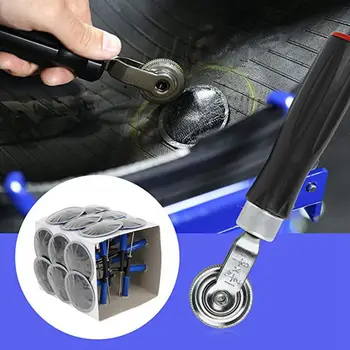 12.2022
12.2022
Articles / Used cars Ford Focus III with mileage: ceremonial appearance, rusty bottom and weak electrics At one time, the Focus of the second generation of the Russian assembly became one of the first popular foreign cars in Russia. Since then, a lot of water has flowed under the bridge, and the Ford passenger car has long since left Russia. Third generation... 1097 one one 07.12.2022
Articles / Overview Big and small: studying GAZelle e-City and GAZ Citymax 9 buses We have already talked about the most notable buses of the Busworld 2022 international exhibition, which was recently held in Moscow. Of course, within the framework of one material to tell about all the new products in detail . .. 2721 0 2 06.12.2022
.. 2721 0 2 06.12.2022
Test drives / Test drive Haval Dargo vs Mitsubishi Outlander: the dog is barking, the stranger is coming In the Haval dealership in the south of Moscow, life is in full swing: buyers look at cars, communicate with managers and sign some papers. While I was waiting for the test Dargo, the same cross... 18301 7 205 13.09.2022
Test drives / Test drive Motor from Mercedes, emblem from Renault, assembly from Dacia: test drive of the European Logan 1.0 It would seem that what's new can be told about the second generation Renault Logan, known to every Russian taxi driver, as they say, up and down? However, this car has.